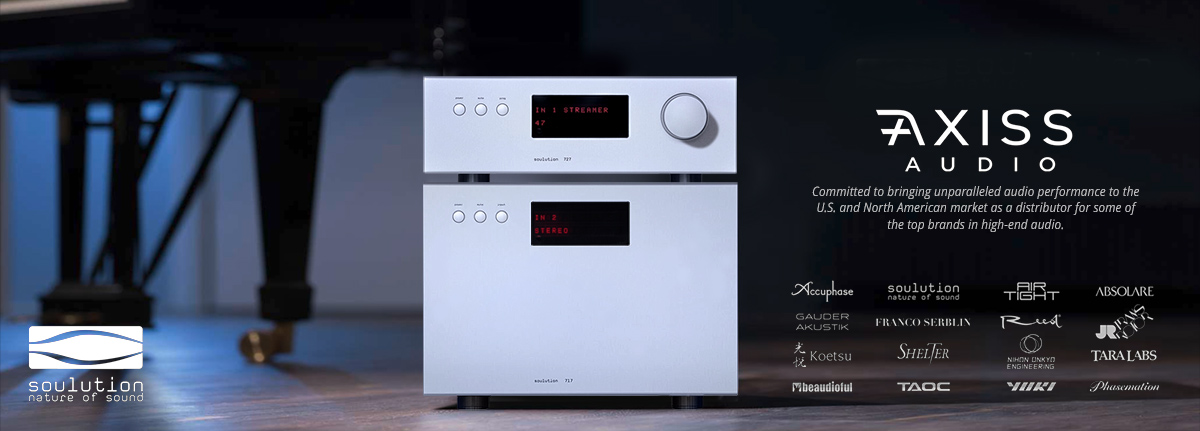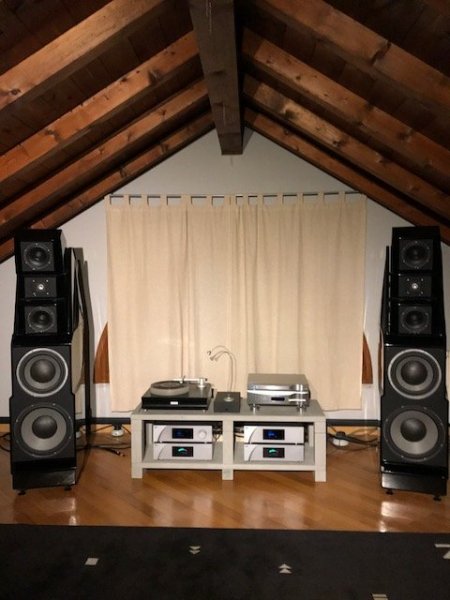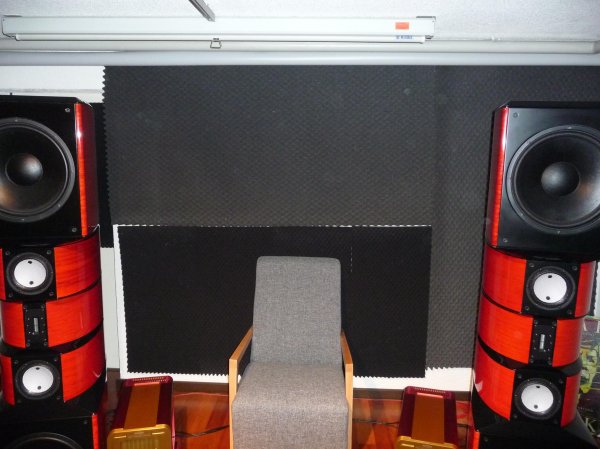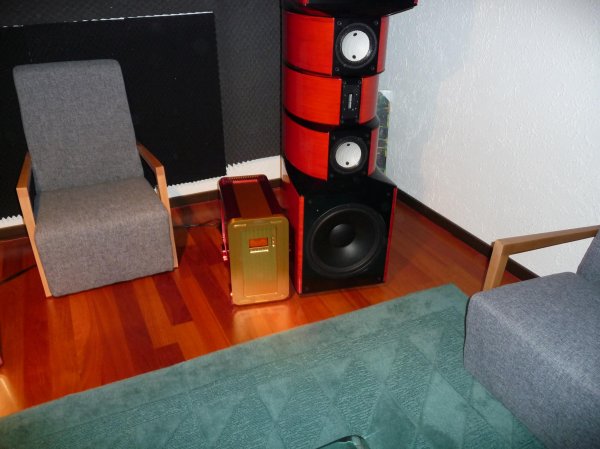Mike, what you described above is pretty much how I hear the differences between a great tube amp and a great ss amp. They do indeed have different flavors. When you talk about running out of gas with the tube amp, I think you must be talking about VERY high spl’s indeed! One thing that I think most of us would agree with is that a tube amp isn’t going to have the same kind of slam in the bass as a great ss amp. However, since you are utilizing the active bass panel amps for that purpose, I wouldn’t think that should be in effect as to this limitation. This is what puzzles me...the Lamms should have no trouble driving your mid/tweet panels to full capacity.
Davey,
the enemy of the great is the astonishing. it's all about your reference for what ease and authority might be on large scale music. and no post is going to explain that to you nor do I expect it to. Wilson Alex's with D'ag 300 watt amps are not in the same hemisphere with MM7's + dart 458's in my room. many degrees of magnitude difference. so our references are not aligned. YMMV, just how I see things.






















